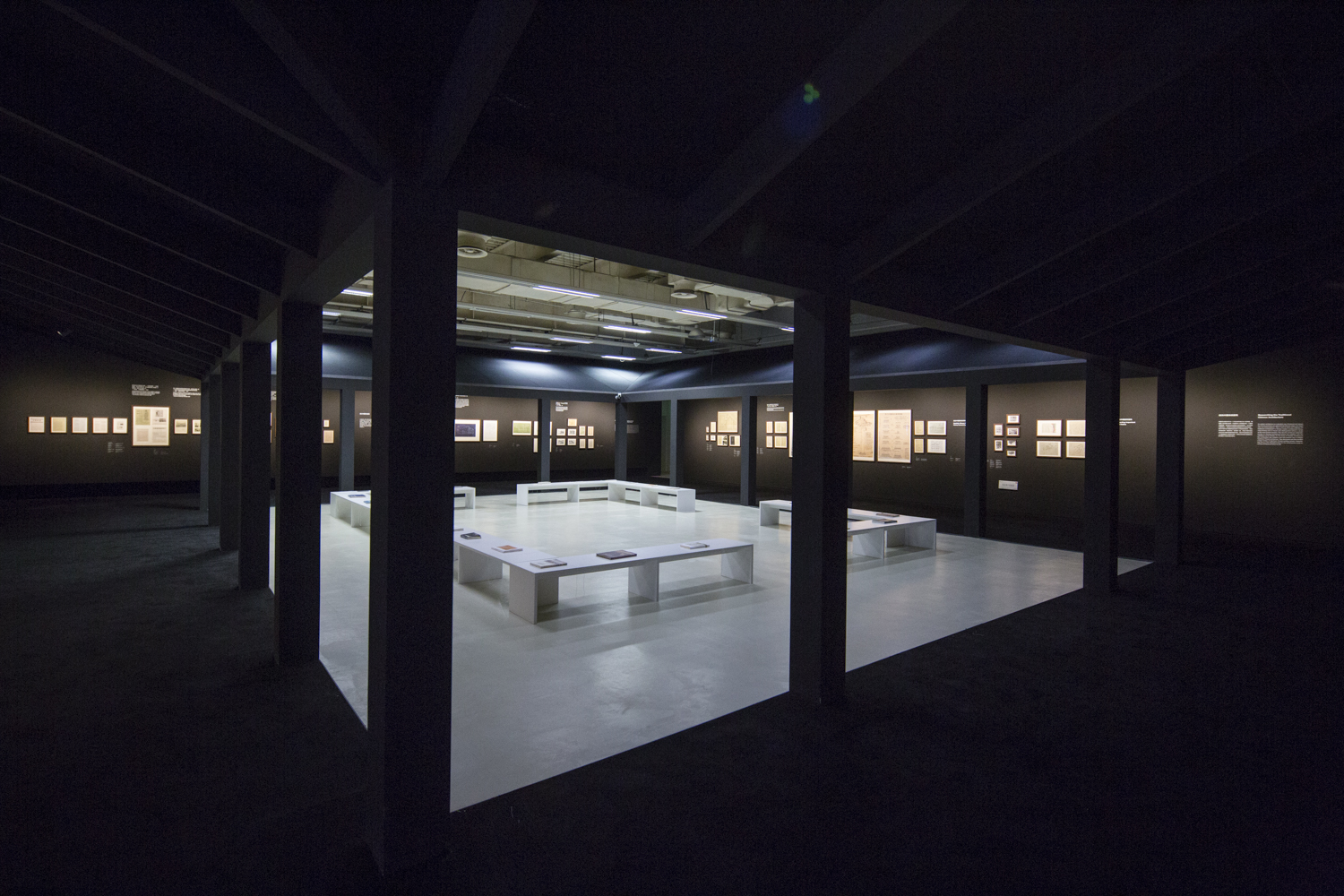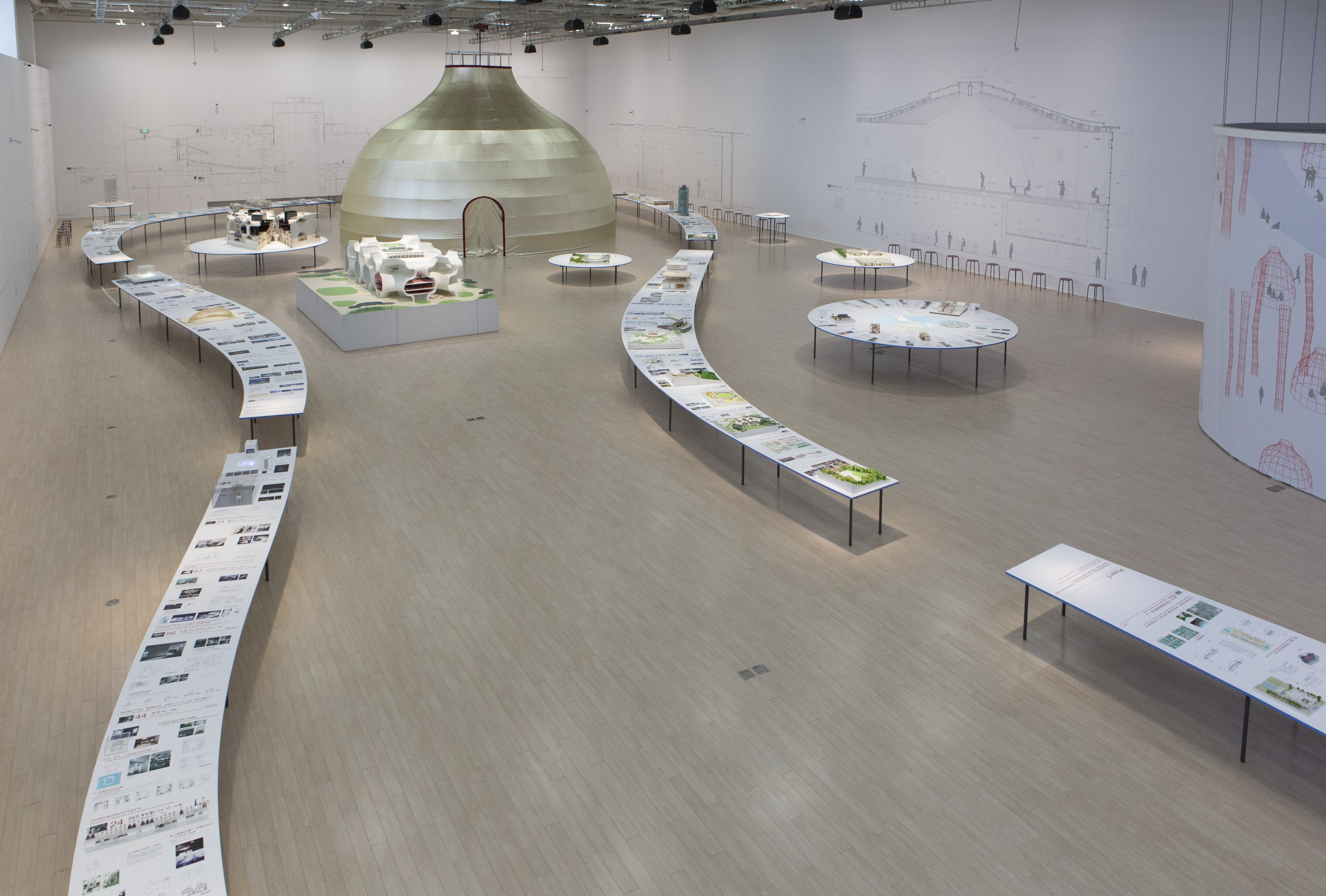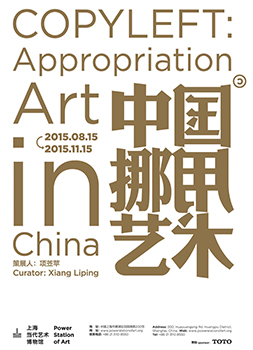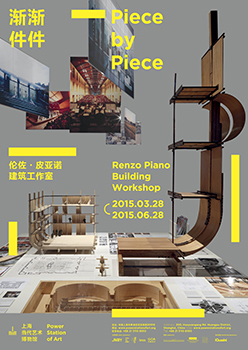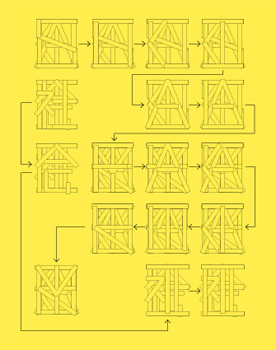Calligraphic Time and Space: Abstract Art in China
August 22–November 22, 2015
Power Station of Art
200 Huayuangang Rd
Shanghai
China
Hours: Tuesday–Sunday 11–19h
Curator: Li Xu
Abstract art has occupied a special place over the three or more decades in which contemporary art has evolved in China. It stands at a distance from the flashpoints of both ideology and commerce, and its marginal position means that abstraction has always been an individual project. But the quality and maturity of the language and conceptions of abstraction remain the most direct measure of creativity in art. Abstract art is a return to pure visual expression, and the purest discourse on metaphysical thought.
Contemporary abstract art in China is diverse, encompassing not only traditional oil painting and watercolours, but also steady advances in sculpture, installation, photography and video. Visually, Chinese abstract art retains thick bonds with the aesthetics of calligraphy; conceptually, it draws on Daoist and Zen Buddhist thought.
The focus of this exhibition is not on the calligraphy itself, but rather on possibilities for the progress of Chinese abstraction. The exhibition gives us the chance to revisit the relation between abstract art and calligraphy from a contemporary perspective. It offers engagement, discussion, and a basis for the future development of abstraction in our national artistic imagination.
Calligraphic aesthetics
The aestheticism of Chinese calligraphy is closely related to the dynamism of ink brush writing. Often critically viewed at a macroscopic level, microscopic visual elements of the handwriting like the running of the brush pen, the structure of the character, and the composition of the whole work are always the primary concerns in the morphological study of calligraphic aesthetics.
The homology of calligraphy and painting
Chinese characters are derived from pictographs. Many characters are simplified and abstract paintings. By this standard, the best “painting” must be “written”; every line and brush, for a realistic purpose, should embrace the dynamic trait and meet the aesthetic demands of calligraphic dots and strokes. As a phenomenon in the cultural circle of Chinese characters, the homology of calligraphy and painting is a significant and unique contribution of the Chinese civilization to global art history.
Calligraphic abstraction
“Calligraphic abstraction” is a genre of abstract art that underlines linear calligraphic behaviors. It focuses on the fluency, consistency, and sense of rhythm of the visual form and the shaping structure. As a whole, calligraphy covers possibilities in nearly all normative dimensions, including integration and evolution, harmony and contradiction, orderliness and irregularity, and looseness and tightness. At a close look, the fruitful image library and power station of abstract art’s vocabulary are enriched with the tension and length of the lines, the crossover and inclination of the composition, the vigor and speed of the internal forces, and the humidity and density of the paint.
A possibility of Chinese abstraction
The inherent denotative function of calligraphy and the completeness of the Chinese character should be set aside. Progressive analyses and studies should be concerned with the extended meaning beyond the image and the calligraphic instinct of “meaning,” “charm,” “spirit,” and “vigor.” In visual morphology, it emphasizes the visual feature and innate power of calligraphic aesthetics. In terms of creative concept, it focuses on the Taoist notion that “Tao governs nature” and advocates the philosophical achievements of “void,” “nothingness,” and “emptiness.” This is the most notable expressive difference between “Chinese abstraction” and “Western abstraction.”
Artists (in alphabetical order):
Bian Pingshan, Chen Guangwu, Chen Qiang, Cheng Dapeng, Ding Yi, Fang Shaohua, Huang Yuanqing, Jiang Dahai, Li Shun, Liang Quan, Liu Yi, Cindy Ng Sio Ieng, Pan Wei, Qi Haiping, Shi Hui, Tan Ping, Wang Huaiqing, Wang Huangsheng, Wang Xieda, Leah Lihua Wong, Xue Song, Yang Guoxing, Yang Mushi, Yang Shu, Yu Youhan, Zhang Fan, Zhang Hao, Zhou Changjiang
